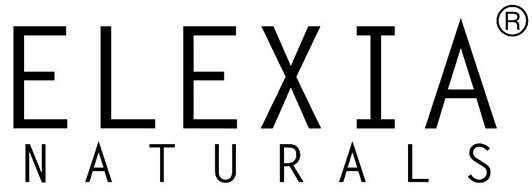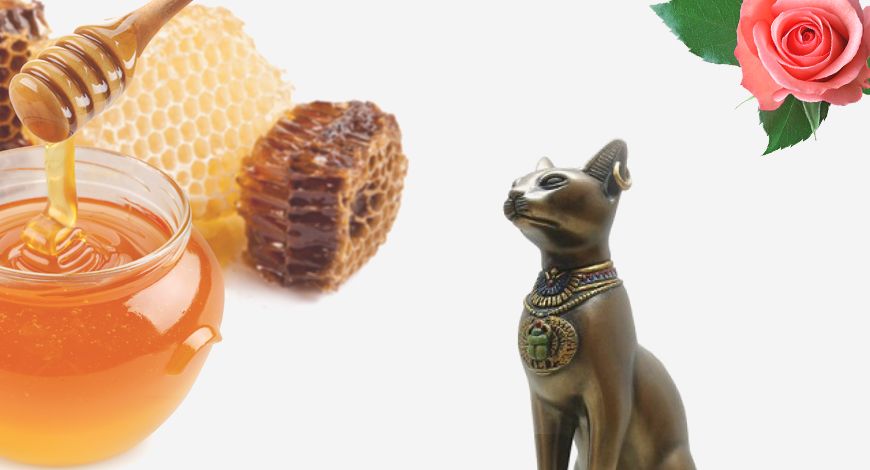What’s going on in skincare and wellness these days?
Off late we came to realize that it was impossible to ignore the online and offline mania for natural skincare. Key words such as parabens free, 100% natural, free from harmful chemicals and a bucketful of acronyms is the cosmetic lexicon of the day. Whether its your relatives at a Raya kenduri, a corporate tigress at a dinner party or a tree hugging NGO activist over a lunch meeting, the unavoidable moment when someone whips out their essential oil bottle/ lavender infused hand balm/parabens free lipstick and starts extolling its virtues ad nauseam is bound to come. It seems that anything natural has the power to make you look like a 21 year old, guarantee you inner peace and protect you from cancer all at the same time. As is always the case when a phenomenon has overtaken the narrative of the times, the curiosity in you wants to understand what does it all mean, while the sceptic in you wants to understand whether its just the next big marketing scam?
Here’s our thoughts.
What’s natural?
Let’s start with what natural skincare means. Countless websites and beauty bloggers are dedicated to defining it, demystifying it or demonstrating that it has no official definition. If we sidestep all of that noise and just work on its most generic Wikipedia description, natural skincare is described as products that are made of ingredients available in nature. It doesn’t take much research for us to know that this notion is not a contemporary invention.
Natural History
The healing properties of nature to beautify, protect and enhance the skin and senses have been documented as being common wisdom since thousands of years ago. In ancient Greece, for instance, Grecian women were the first to use olive oil as a skin cleanser and an after bath skin moisturizer. Homer coined the oil as ‘liquid gold’ owing to its wide ranging benefits and the Greeks believed that the olive tree was a gift from their goddess Athena. In the natural skincare comeback today, extra virgin olive oil is a vital component of yes, skin cleanser and moisturizers just like our Grecian ladies.
And what about the feminist icon of all time, Cleopatra? In addition to navigating complex geo-politics and checkmating global powers in persevering and expanding her empire, she was widely reported as also being the biggest beauty company of the times, formulating the most intoxicating essential blends to achieve specific goals (to seduce, to conquer) which she shared and sold during her reign. Cleopatra also apparently loved to tone her skin with rose water in the morning and in the evening. Scouring through the shelves of your local pharmacy stores today, rose based face creams and toners promise us youthful skin, and modern science endorses its hydrating and nourishing benefits. A bit further down the line circa 980-1037, Ibn Sina aka Avicenna from Persia (or the region that spans Central Asia to the Middle East in today’s map) was also known as the first person who perfected the distillation and application of flowers and plants for physical and spiritual healing. In fact he dedicated a book on the same regarding roses and lavender. He shared the knowledge that as our sense of smell is linked directly to the space in our brain which controls our emotions, memories, heart rate, breathing patterns, hormone and stress levels, inhaling certain plant essences assists us in lowering stress levels, balancing out hormone levels, control irregular breathing patterns and heart rate. If you search online on the web these days, both home grown or mass produced essential oil companies alike pretty much repeat the same taglines. So at the minimum, what this tells us is that this current fad originates from a practise with temporal and geographical longevity (we have not even started discussing Indian ayurvedic philosophies or Chinese herbal based therapies). The influential actors of civilization have been studying it, practising it and passing it on from generation to generation, from empire to empire, from one part of the globe to another part of the globe because there were clearly positive results emanating from these practises. It couldn’t sustain its widespread practise and study for more than five thousand years if a pattern of disease or fatalities emerged from the use of nature driven substances in skincare and wellness.
Synthetic History
In contrast, some of the most established and highly regulated beauty companies today, most of which are based on man-made synthetic formulations,
have been around at the earliest since the late 1800s. The less established and regulated companies (though quite likely equally popular) have a historical record that doesn’t go back for more than 50 years. Thus in the scale of human history, it would be objective to consider that the development and use of non-natural skincare products is very much a modern trend with a shorter record of credibility.
In 2004, the first study regarding the potential link between parabens and breast cancer came out in the ‘Journal of Applied Toxicology.’ 1 This made headlines in the beauty world. The trend for a more natural lifestyle that was perhaps more popular in the elite-bohemian circles of the Western world in the 1990’s (e.g. posh moms of London’s Notting Hill Gate) started to gain traction in all layers of society in all hemisphere’s of the world. With more education and access to information, women became discerning about what they put inside and on their bodies. Data coming from credible publications 2 continued to expose the hazardous risks that synthetic skincare ingredients were exposing to consumers galvanized the interest in natural skincare. An assortment of key ingredients that started to become public enemy are as follows:-
- Parabens – What is it and why do we not like it? Parabens are preservatives used in food and skincare products in order to extend their shelf life. Scientific studies came out in 2004 suggesting its link with breast cancer cells, and latest studies continue to confirm this fact.
- SLS – What is it and why do we not like it? It is an ingredient which helps make products foamy. It can react with other toxic ingredients and develop nitrosamines which causes cancer. Known to erode and strip away the oil layer of human skin, leaving it rough. Also corrodes hair follicles, can enter into eyes, brain, liver and linger there. Able to mutate the cell membranes and harm the immune system.
- SLES – What is it and why do we not like it? A premium agent usually used in cleansers, also adds to the foaming effect. It can be irritating and itchy to the skin and can also cause hair loss.
1 Journal of Applied Toxicology ‘Concentration of Parabens in Human Breast Tumors’ 2004
https://www.ncbi.nlm.nih.gov/pubmed/14745841
2 http://time.com/4832688/makeup-shampoo- toxic/
https://www.huffingtonpost.com/vanessa-cunningham/dangerous- beauty-products_b_4168587.html
https://www.ncbi.nlm.nih.gov/pmc/articles/PMC1253722/
http://www.positivehealth.com/article/environmental/hidden-dangers- lurking-in- your-cosmetics- and-personal-care-products
- Artificial/ synthetic colouring [FDC-n (FD&C)] – What is it and why do we not like it? Artificial/ synthetic colours are usually derived from petroleum or coal tar sources. They are believed to be human carcinogen, a skin irritant and are linked to ADHD in children.
- Fragrance/ Parfums – What is it and why do we not like it? This can be the most unregulated aspect of skincare ingredients and consumers run the risk of absorbing unnamed harmful chemicals that they have no way of having any knowledge of. These “hidden chemicals” have been linked to dizziness, allergies, immune system toxicity, and suspected carcinogenic activities.
Evergreen or Latest Gimmick? Natural or Synthetic?
What continues to remain scientifically consistent is the fact that parabens, SLS, SLES, fragrance and colouring are comprised of harmful chemicals and carry health risks. To what degree and whether its external application alone can immediately manifest the risks it is said to carry, only time will tell. As we observed, the synthetic based skincare industry is still in its infant stages and we do not know what its future holds for the next centuries to come. We do know however that notwithstanding its latest incarnation as ‘the current big thing’, the use of nature was already popular skincare and wellness practises for more than 5000 years ago with no evidence linking its harmful side effects to human health. Can it make you look like a 21 year old, protect you from
cancer and grant you inner peace? Probably not on its own but it can play a contributory role to this objective (just like how diet alone won’t help you with weight loss, but can play a part!). Is it a safer approach to skincare and wellness? Well the historical data seems to speak for itself and it is saying natural all the way.
Share this Post



